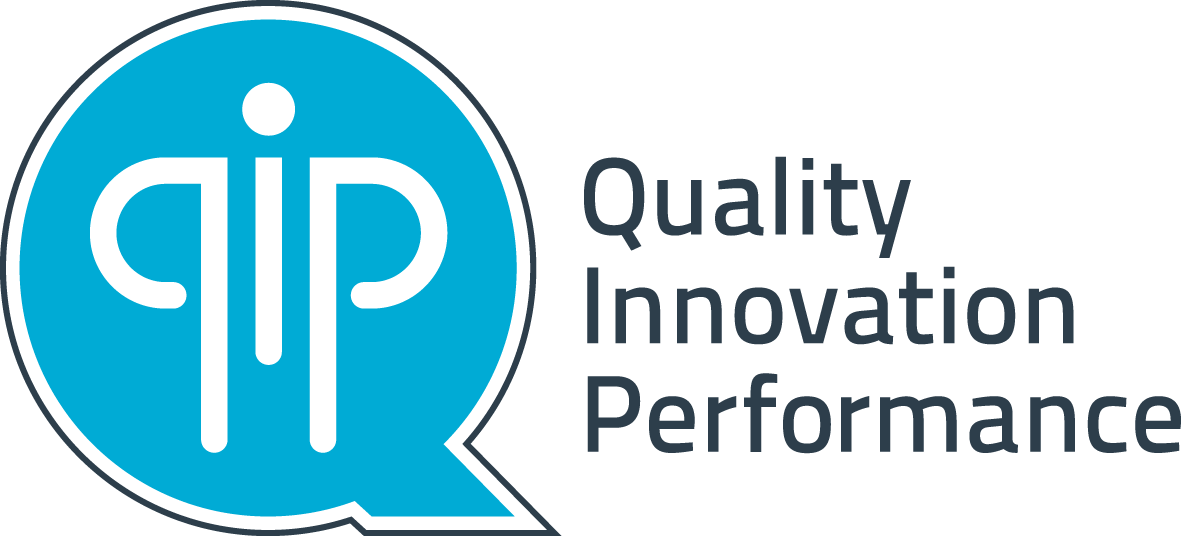Latest news

Transforming Healthcare Accreditation: The Introduction of Short Notice Assessments
In the pursuit of enhancing the quality of healthcare services, Australia’s Health Service Safety and Quality Accreditation (AHSSQA) Scheme is introducing mandatory short notice assessments as part of the accreditation process. Aimed at hospitals and day procedure services, collectively known as health service organisations (HSOs), this approach seeks to bring about real-time evaluation and continued safety and quality improvement. This article delves into the nuances of this transformation, its implementation, benefits, and its implications for healthcare organisations across Australia.
The Australian healthcare landscape is undergoing a shift with the introduction of mandatory short notice assessments to the National Safety and Quality Health Service (NSQHS) Standards. Effective from July 2023, this shift is geared towards ensuring assessments are reflective of everyday practices, bridging gaps, and enhancing safety and quality systems and processes.
How often do NSQHS short notice assessments occur?
Short notice assessments are designed to be flexible and can occur at any point during a three-year accreditation cycle. Crucially, they encompass an on-site assessment of all relevant actions under the eight NSQHS Standards in a single assessment visit. The timeframe governing these assessments can be summarised in the following points:
- Short notice assessments occur at least once within a three-year accreditation cycle.
- Assessments begin at least four months before the existing accreditation’s expiry date.
- The assessment is completed before the current cycle expires.
- Assessments are conducted more than six months after the last assessment.
- Assessments occur no more than four years apart.
This ensures HSOs are accountable while offering plenty of room for preparation and adaptation.
Understanding that healthcare operates around the clock, organisations are able to nominate up to 20 business days per accreditation cycle to exclude short notice assessments. This provision accounts for situations where routine operation is disrupted, thus ensuring assessments reflect actual practice. Exclusion dates should only be nominated if the dates directly impact consumers or if consumers of the service would be unavailable during these times. Examples of instances where exclusion dates are not acceptable include; key staff are on annual leave or there is a planned staff event i.e. end of year celebrations. It is crucial for HSOs to communicate changes in their operational schedule to accrediting agencies to avoid unnecessary costs.
The adoption of self-assessment as a continuous process that promotes quality improvement and compliance with the NSQHS Standards. HSOs need mechanisms to maintain and regularly review their self-assessment documentation. This documentation encompasses a range of crucial information, from governance structures and risk registers to outcomes of complaints, incidents, and feedback.
Planning for short notice assessments
Planning and executing short notice assessments requires the collaboration between accrediting agencies and the HSOs. To ensure a smooth process, it is crucial to agree upon and document protocols, including:
- Assessor Selection: HSOs will have the opportunity to review and provide feedback on the proposed assessment team.
- ‘Not Applicable’ Actions: HSOs should be able to seek approval for not applicable actions at the start of the accreditation cycle or when service changes occur.
- Facility Access: Ensure assessors have access to facilities including restricted areas and your Care and Management Systems during the assessment.
- Consumer Communication: HSOs should notify consumers of assessments, particularly when assessors might engage with them.
When assessors arrive for an assessment, an entry meeting takes place to clarify the assessment requirements and process. Assessors gather evidence through interviews, observation, and document reviews. Additionally, consumer involvement is essential, reflecting the NSQHS Standards’ emphasis on partnering with consumers in healthcare planning and evaluation.
After the assessment, an exit meeting provides an opportunity to summarise findings and suggest areas for improvement. This forms a vital feedback loop, transforming the perception of unmet or met with recommendation actions from failures to opportunities. A summary report follows, detailing outcomes and explanations for each rating. If HSOs have any actions that are not met, or met with recommendation HSOs have a 60-day remediation period to demonstrate progress and compliance before a final report is issued.
Why the change to short notice assessments?
The implementation of mandatory short notice assessments originates from a comprehensive review of current accreditation arrangements aimed at aligning assessments with daily organisation practices rather than event specific preparation. The strength of these assessments lies in their capacity to capture the true essence of healthcare delivery, fostering a model of continuous and ongoing improvement. As the system is introduced and implemented, feedback from HSOs will continue to refine this approach. As the healthcare sector embarks on this transformative journey, the ultimate beneficiaries are the patients, whose care and safety will to be elevated through the pursuit of excellence.
To learn more about the Short Notice Assessments visit the Commission website.
To find out how QIP can help you prepare for short notice assessments or with accreditation contact our team.


